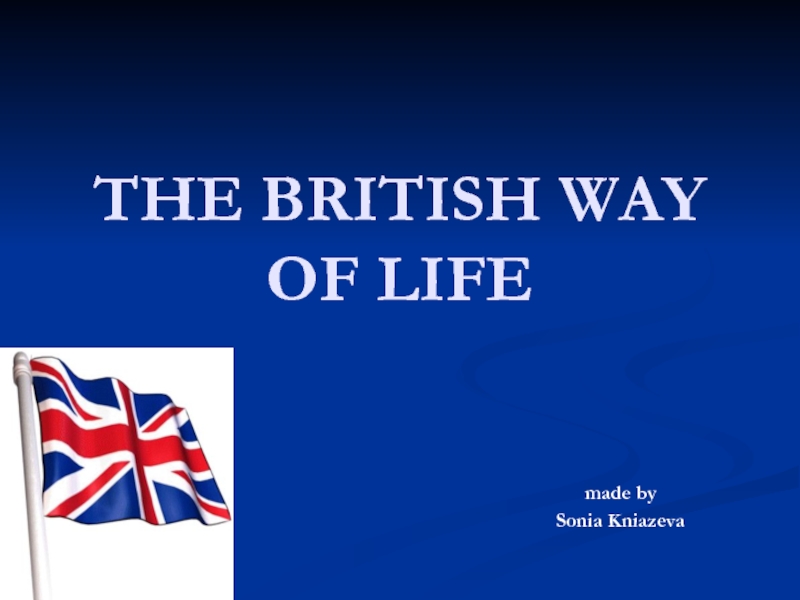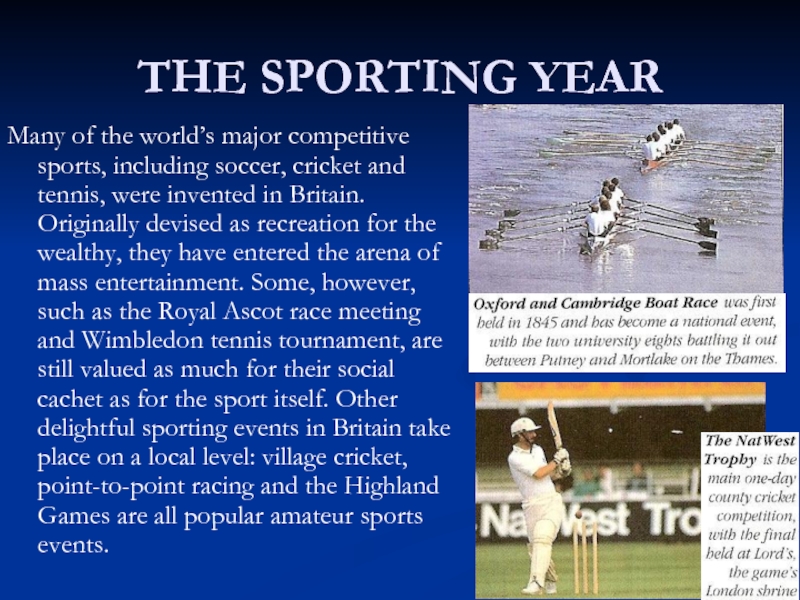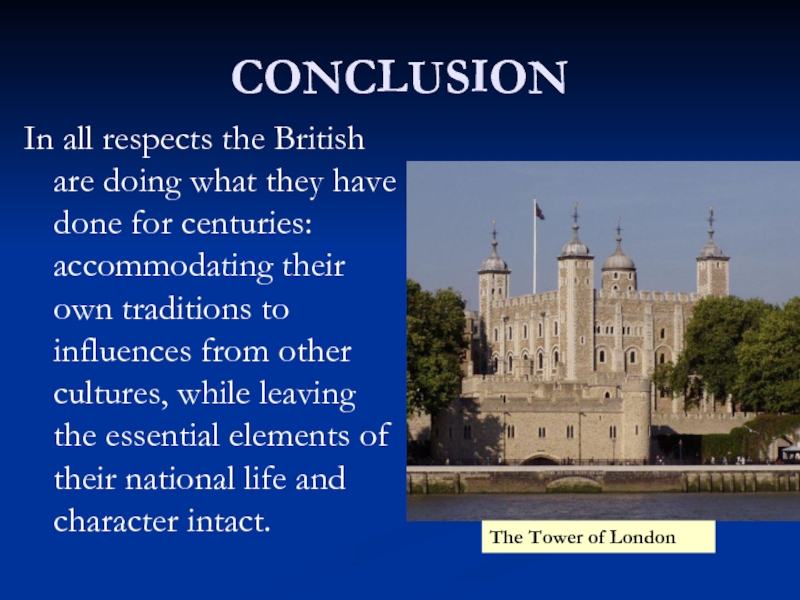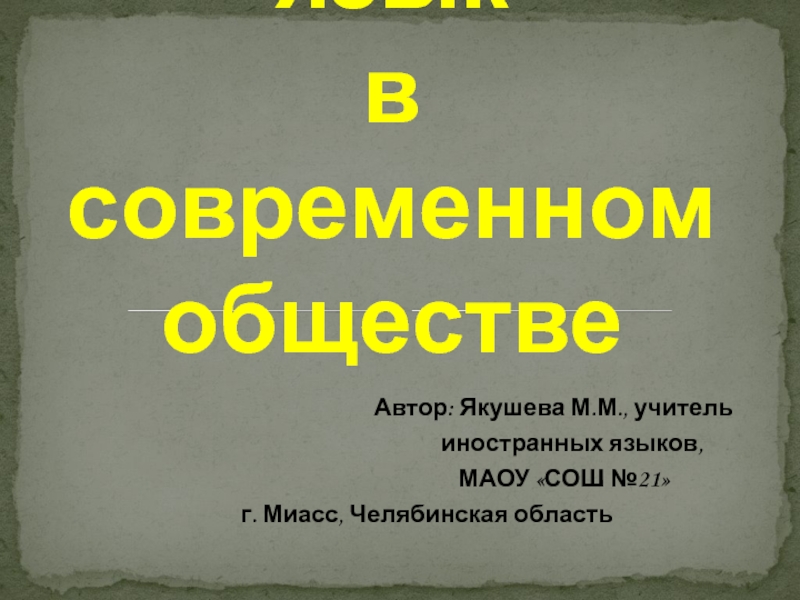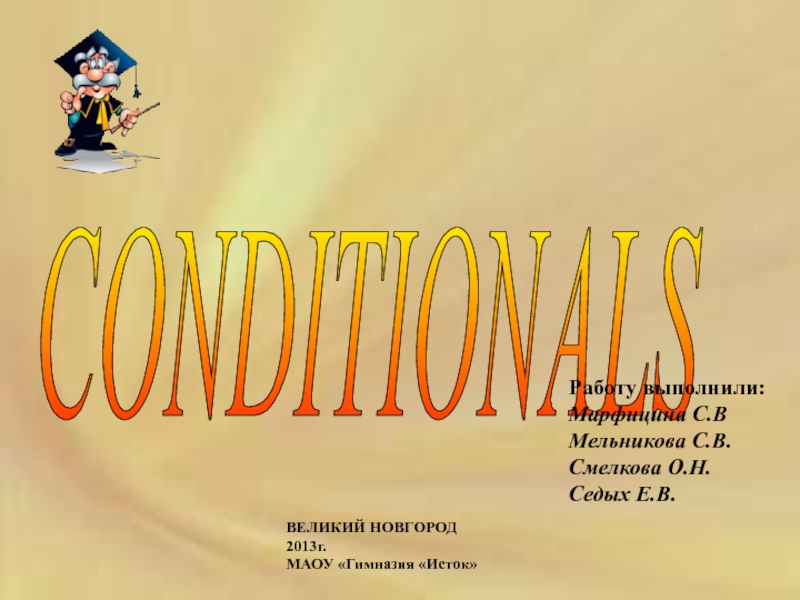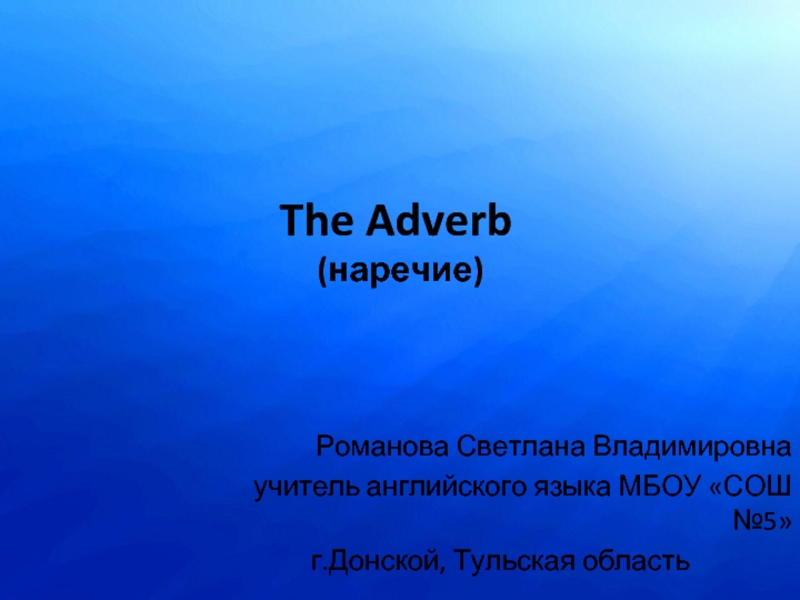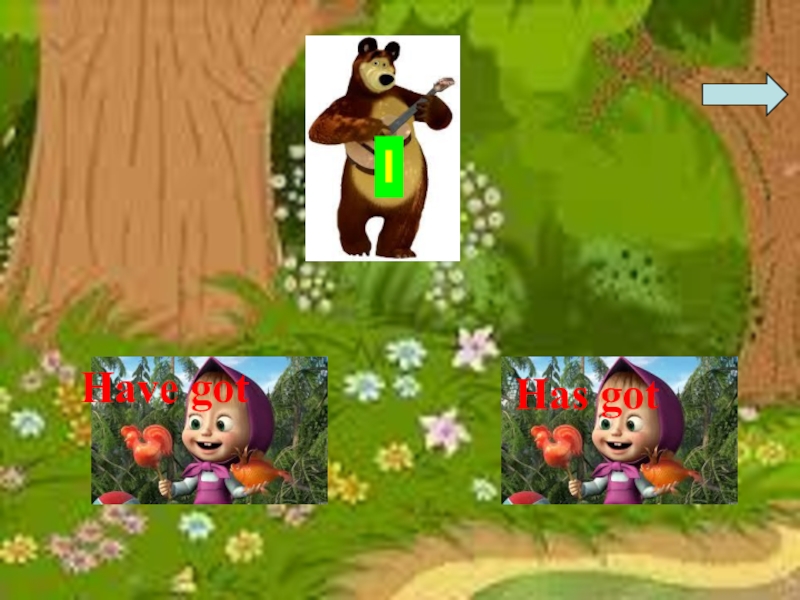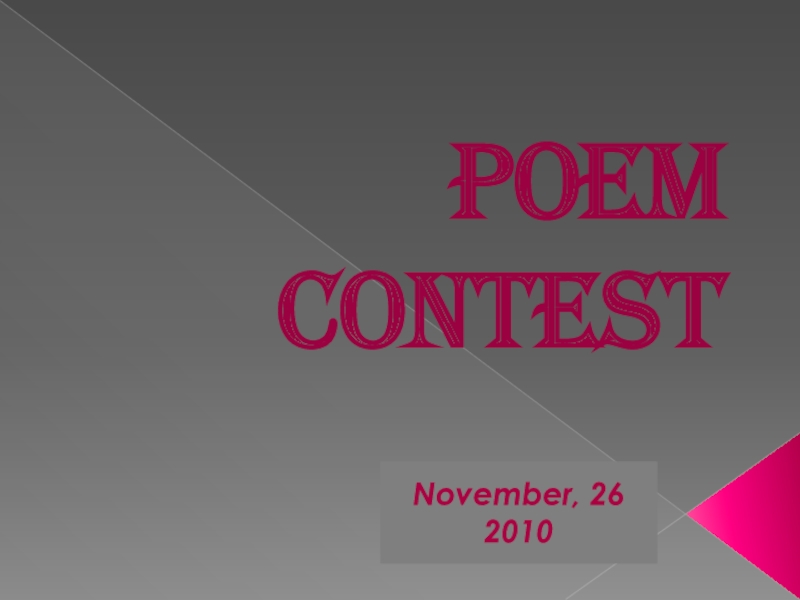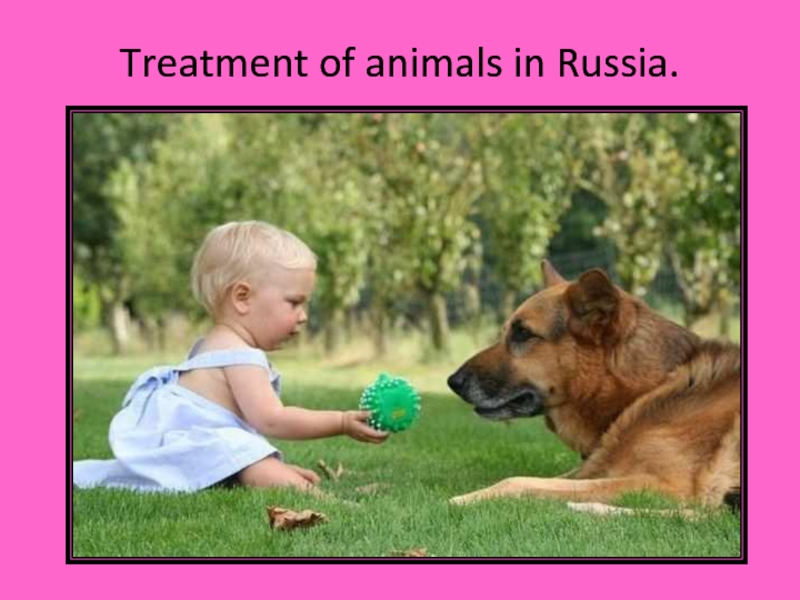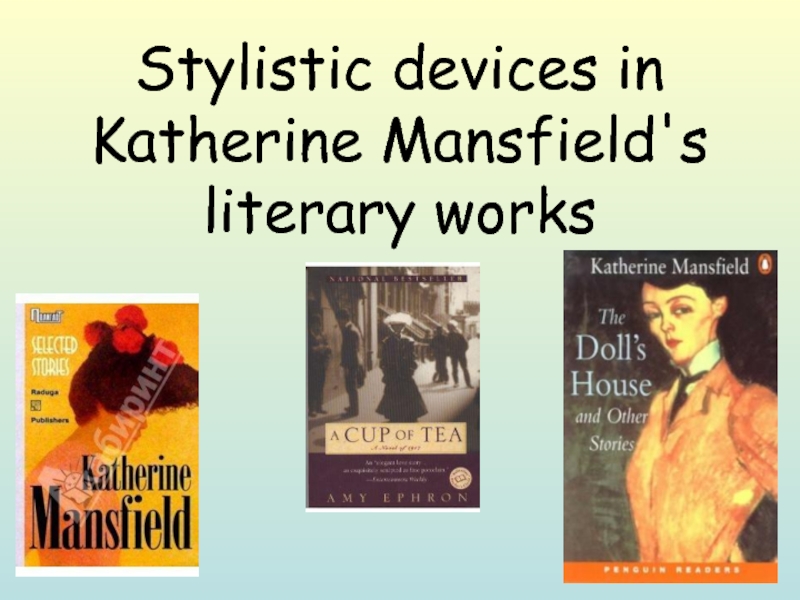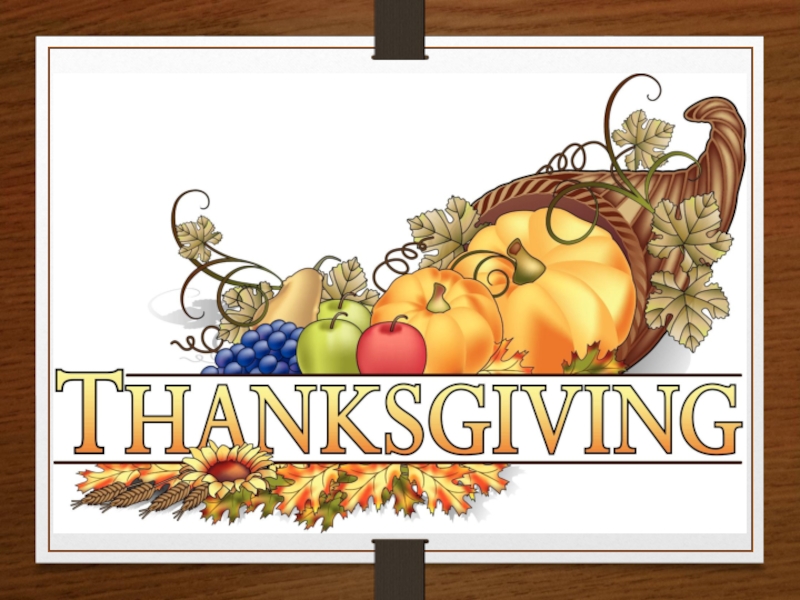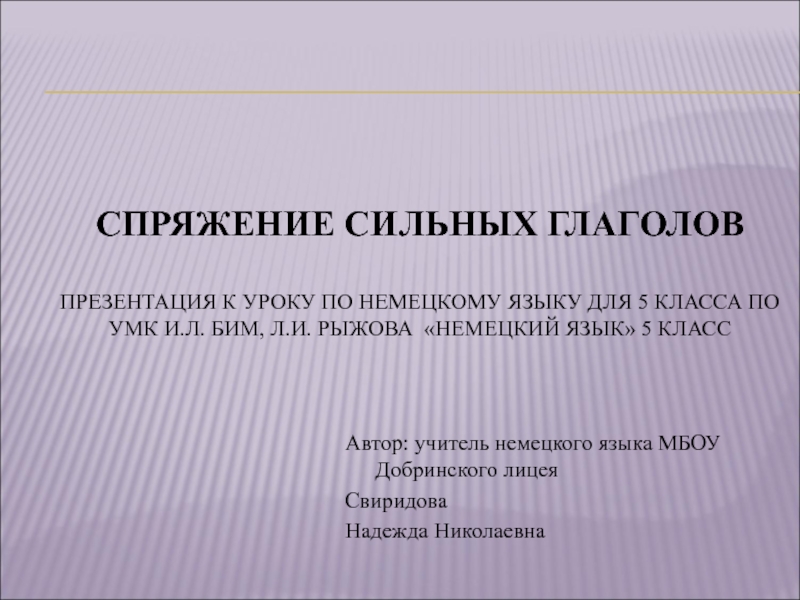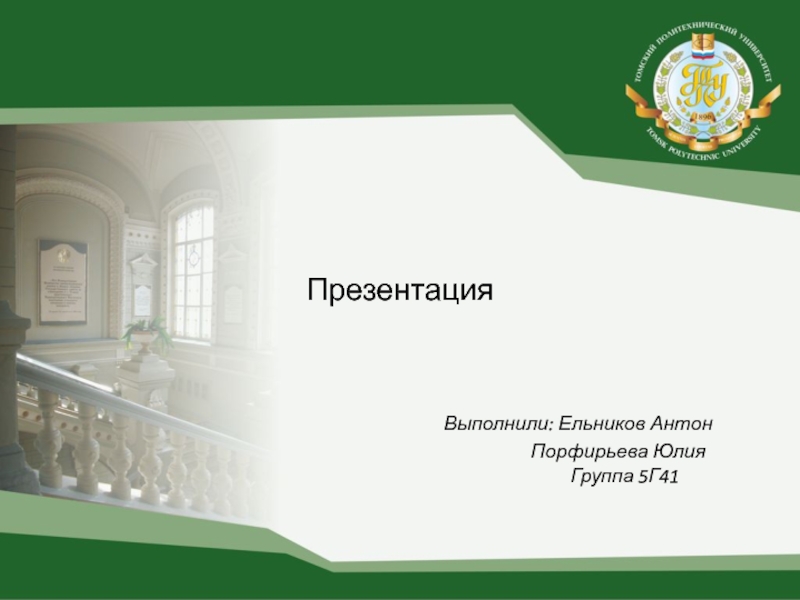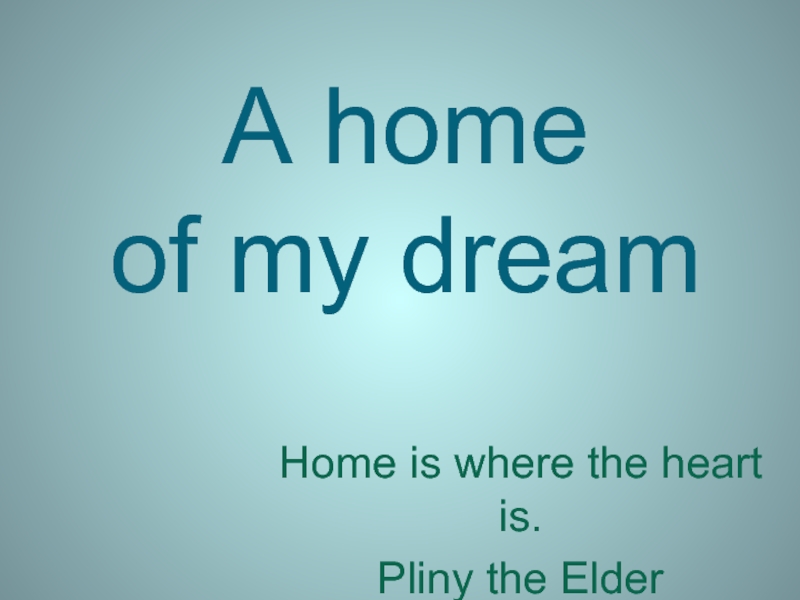Разделы презентаций
- Разное
- Английский язык
- Астрономия
- Алгебра
- Биология
- География
- Геометрия
- Детские презентации
- Информатика
- История
- Литература
- Математика
- Медицина
- Менеджмент
- Музыка
- МХК
- Немецкий язык
- ОБЖ
- Обществознание
- Окружающий мир
- Педагогика
- Русский язык
- Технология
- Физика
- Философия
- Химия
- Шаблоны, картинки для презентаций
- Экология
- Экономика
- Юриспруденция
The British way of life
Содержание
- 1. The British way of life
- 2. A PORTRAIT OF GREAT BRITAINBritain has been
- 3. RECREATIONSThe British are avid newspaper readers. There
- 4. British television is famous for the high
- 5. A FLAVOUR OF BRITISH FOODBritain’s unique contributions
- 6. A FLAVOUR OF BRITISH FOOD
- 7. A FLAVOUR OF BRITISH FOODAfternoon tea, taken
- 8. THE SPORTING YEARThe British are great sport
- 9. THE SPORTING YEARMany of the world’s major
- 10. THE SPORTING YEAR
- 11. GREAT BRITAIN THROUGH THE YEAREvery British season
- 12. SPRINGAs the days get longer and warmer,
- 13. SUMMERLife moves outdoors in the summer months.
- 14. AUTUMNAfter the heady escapism of summer, the
- 15. WINTERBrightly coloured fairy lights and Christmas trees
- 16. CONCLUSIONIn all respects the British are doing
- 17. Скачать презентанцию
A PORTRAIT OF GREAT BRITAINBritain has been assiduous in preserving its traditions, but offers the visitor much more than stately castles and pretty villages. A diversity of landscape, culture, literature, art
Слайды и текст этой презентации
Слайд 3RECREATIONS
The British are avid newspaper readers. There are 11 national
newspapers published from London on weekdays. British national newspapers fall
into 2 categories: broadsheets – quality papers, such as The Times or The Guardian – and tabloids, heavy on gossip, such as The Sun or The Daily Mirror.Слайд 4British television is famous for the high quality of its
serious news, current affairs and nature programmes as well as
for its drama. The publicly funded British Broadcasting Corporation (BBC), which controls 5 national radio networks and 2 TV channels, is widely admired.RECREATIONS
Слайд 5A FLAVOUR OF BRITISH FOOD
Britain’s unique contributions to gastronomy include
its cooked breakfasts, afternoon teas and satisfying puddings. Fast food
and take-aways were pioneered here with fish and chips, the sandwich and the Cornish pasty. Modern British cuisine is innovative and varied, but it is also worth seeking out traditional dishes which use first-rate ingredients: beef, lamb and game figure prominently. As an island, Britain has historically been a fish-eating nation, although shellfish, once cheap, have become pricier.Слайд 7A FLAVOUR OF BRITISH FOOD
Afternoon tea, taken around 4 pm,
is a British tradition enacted daily in homes, tea-shops and
grand hotels. The tea is usually from India or Sri Lanka, served with optional milk and sugar; but it scented China or herbal tea served with or without lemon. Small, delicately cut sandwiches are eaten first: fish paste and cucumber are traditional fillings. These may be followed by scones, jam and cream, esp. in the west of England. Other options include buttered toast or crumpets, but leave room for a slice of fruit cake or sponge, a chocolate éclair or a regional speciality such as Scottish shortbread.Слайд 8THE SPORTING YEAR
The British are great sport fans. Soccer, rugby,
cricket and golf are popular both to watch and to
take part in. An instantly recognizable English image is that of the cricket match on a village green. Nationwide, fishing is the most popular sporting pastime, and the British make good use of their national parks as enthusiastic ramblers and walkers.Слайд 9THE SPORTING YEAR
Many of the world’s major competitive sports, including
soccer, cricket and tennis, were invented in Britain. Originally devised
as recreation for the wealthy, they have entered the arena of mass entertainment. Some, however, such as the Royal Ascot race meeting and Wimbledon tennis tournament, are still valued as much for their social cachet as for the sport itself. Other delightful sporting events in Britain take place on a local level: village cricket, point-to-point racing and the Highland Games are all popular amateur sports events.Слайд 11GREAT BRITAIN THROUGH THE YEAR
Every British season has its particular
charms. Most major sights are open all year round, but
many secondary attractions may be closed in winter. The weather is changeable in all seasons and the visitor is as likely to experience a crisp, sunny February day as to be caught in a cold, heavy shower in July. Long periods of adverse weather and extremes of temperature are rare. Spring is characterized by daffodils and bluebells, summer by roses and autumn by the vivid colour of changing leaves. In wintertime, country vistas are visible through the bare branches of the trees. Annual events and ceremonies, many stemming from age-old traditions, reflect the attributes of the seasons.Слайд 12SPRING
As the days get longer and warmer, the countryside starts
to come alive. At Easter many stately homes and gardens
open their gates to visitors for the first time, and during the week before. Whit Sunday, or Whitsun (the seventh Sunday after Easter), the Chelsea Flower Show takes place. This is the focal point of the gardening year and spurs on the nation’s gardeners to prepare their summer holidays. Outside the capital, many music and arts festivals mark the middle months of the year.Слайд 13SUMMER
Life moves outdoors in the summer months. Cafés and restaurants
place tables on the pavements and pub customers take their
drinks outside. The Queen holds garden parties for privileged guests at Buckingham Palace while, more modestly, village fêtes – a combination of a carnival and street party – are organized. Beaches and swimming pools become crowded and office workers picnic in city parks at lunch. The rose, England’s national flower, bursts into bloom in millions of gardens. Cultural treats include open-air theatre performances, outdoor concerts, the Proms in London, the National Eisteddfod in Wales, Glyndebourne’s opera festival, and Edinburgh’s festival of the performing arts.Слайд 14AUTUMN
After the heady escapism of summer, the start of the
new season is marked by the various party political conferences
held in October and the royal opening of Parliament. All over the country on 5 November, bonfires are lit and fireworks let off to celebrate the foiling of an attempt to blow up the Houses of Parliament by Guy Fawkes and his conspirators in 1605. Cornfields become golden, trees turn fiery yellow through to russet and orchards are heavy with apples and other autumn fruits. In churches throughout the country, thanksgiving festivals mark the harvest. The shops stock up for the run-up to Christmas, their busiest time of the year.Слайд 15WINTER
Brightly coloured fairy lights and Christmas trees decorate Britain’s principal
shopping streets as shoppers rush to buy their seasonal gifts.
Carol services are held in churches across the country, and pantomime, a traditional entertainment for children deriving from the Victorian music hall, fills theatres in major towns. Many offices close between Christmas and New Year. Shops reopen for the January sales on 27 December – a paradise for bargain-hunters.Brightly lit Christmas tree at the centre of Trafalgar Square
Слайд 16CONCLUSION
In all respects the British are doing what they have
done for centuries: accommodating their own traditions to influences from
other cultures, while leaving the essential elements of their national life and character intact.The Tower of London
